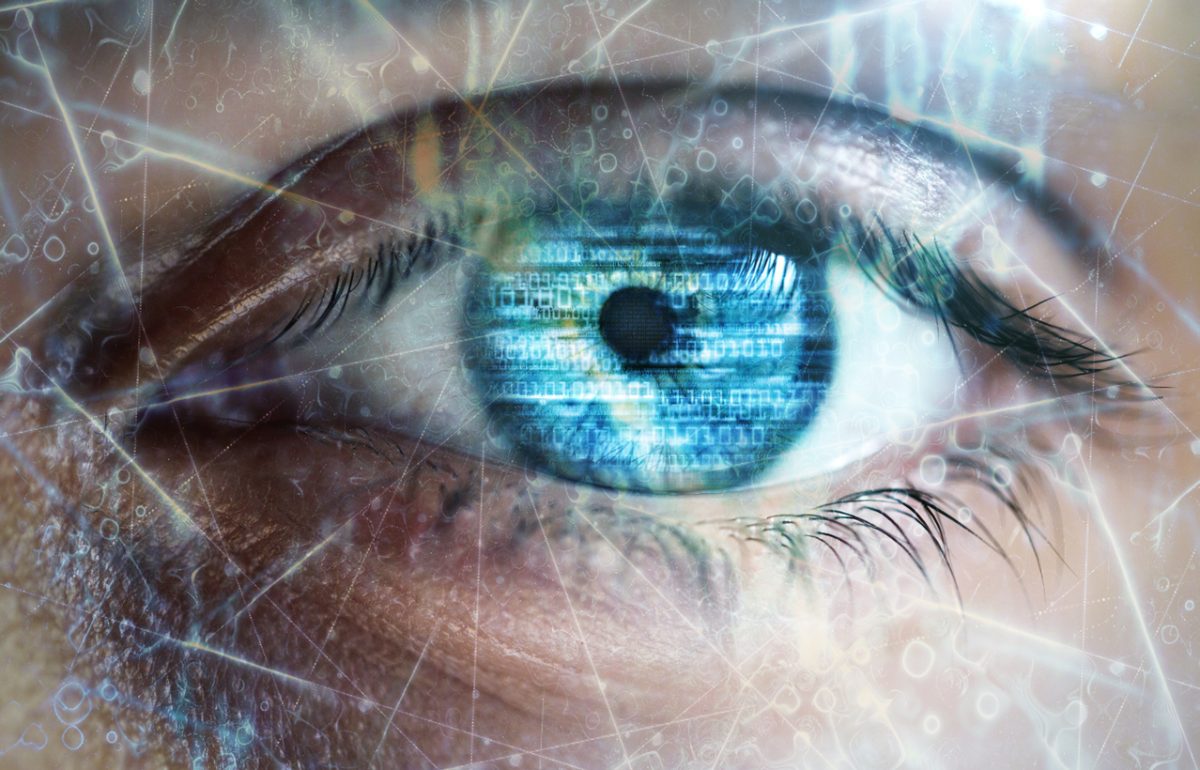
In 2018 the Reddit community r/deepfakes gained international attention thanks to a piece of investigative journalism by Samantha Cole, deputy editor at VICE.
Members of the forum had been using a burgeoning technology to superimpose celebrities’ faces onto pornographic videos. For the general public – and no doubt the unwitting stars – it was a shock. Most were unaware this technology existed. Very few believed it was possible to produce such realistic footage.
The videos had been created by a Generative Adversarial Network (GAN), a machine learning model that uses algorithms to mimic the distribution of data. In this case, that meant superimposing one human face onto another, complete with realistic movement.
Before long the term ‘deepfake’ became part of the common lexicon, both in porn circles and beyond, and its unceremonious introduction to the world set the tone for its negative connotations.
But are the origins and misuses of deepfakery causing us to take an unnecessarily dim view of a potentially useful technology?
Deep trouble
Fast forward to 2019 and the quality of deepfakes is improving at an exponential rate. Their potential for producing revenge porn, malicious hoaxes, fraud, misinformation, and blackmail is often the focus of news articles and think pieces – and not without reason.
Recently, deepfake videos of notable figures like Mark Zuckerberg, US House Speaker Nancy Pelosi, and former President Barack Obama have all made the news. And it’s becoming increasingly difficult to tell them apart from the real thing.
After President Trump retweeted a manipulated video of Ms Pelosi, presumably under the impression it was real, it became clear that the political implications of this technology could be phenomenal – especially in the age of ‘fake news’ and social media manipulation.
In fact, the US Intelligence Committee recently issued a warning ahead of the 2020 elections, claiming: “Adversaries and strategic competitors probably will attempt to use deep fakes or similar machine-learning technologies […] to influence campaigns directed against the United States and our allies and partners.”
Ten years ago, this would have seemed like sci-fi fantasy. Today, in the wake of Cambridge Analytica, it is our reality.
Beyond the knee-jerk
The issue surrounding deepfakes is closely aligned to the pertinent question of our age – what happens when technology advances beyond our understanding of its implications?
People are concerned, and rightly so. But what’s often overlooked in favour of knee-jerk reactionism is the potential of deepfakes to do good.
Recently, GANs have been used for educational purposes, like the Dali Museum’s resurrection of Salvador Dali (it’s less terrifying than it sounds). And in medical training, where deepfake images are helping trainee doctors, nurses, and surgeons practice their profession.
GANs can also be used across a range of industries to improve personalization and immersivity. Retail is an obvious example. Before long it may be possible for customers to see exactly how they’d look in the products they’re browsing online.
Likewise, in entertainment, we may not be so far away from becoming the stars of our own Summer blockbusters. Or at the very least, chief casting directors.
Really, the possibilities are endless. And what happens next will determine whether we ever get to explore them.
Striking the right balance
With Congress taking steps to potentially criminalize deepfakes altogether, GAN technology is about to face a defining moment. But legislation that’s too punitive may be a mistake when there’s potentially so much to gain – which is why policy-makers and technologists need to work together to find a solution.
At JED.ai, we believe in striking a balance; finding a way to protect vulnerable people from nefarious deepfake use, while still creating an environment that encourages technical exploration.
Current solutions revolve around technology that can identify deepfakes. But as the technology used to create these videos improves, these countermeasures will have to keep pace.
In response, we’re taking a different approach – working on a concept that would see all deepfakes registered on a secure, decentralised registry. We believe this will help to create the right environment to explore the positive applications of GAN technology, while protecting it – and the wider public – from exploitation.
With the right legislation and security solutions in place, there’s no reason deepfakes can’t become synonymous with more positive headlines – and we can’t wait to see what the future might bring.
About the author: Jedidiah Francis is the founder of Jed.ai Labs, a Startup Studio dedicated to using Machine Learning to improve the way we live, work and play.

Attend the co-located AI & Big Data Expo events with upcoming shows in Silicon Valley, London, and Amsterdam to learn more. Co-located with the IoT Tech Expo, , and Cyber Security & .






“Don’t believe your eyes: Exploring the positives and negatives of deepfakes”